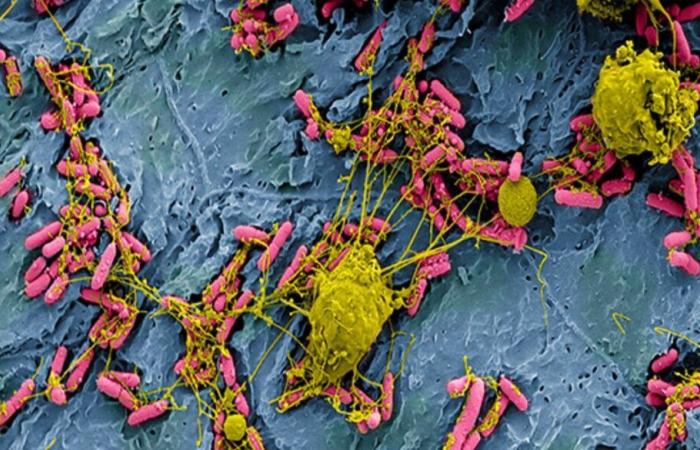Currently, you have to wait between 24 and 48 hours before obtaining the result of the test which allows you to identify the bacteria responsible for a urinary infection. In the meantime, so as not to leave the victims of these infections to their misfortunes – we are talking here about strong burning sensations and abdominal and pelvic heaviness accompanied by an incessant urge to urinate – doctors prescribe them, at the blindly, a broad-spectrum antibiotic, hoping that luck is on their side.
“Not only does this approach risk not being effective against the pathogen, but it is known to promote the emergence of bacterial strains resistant to antibiotics,” argues Arnaud Droit, professor at the Faculty of Medicine of the Laval University and researcher at the Research Center of the CHU de Québec – Université Laval.
For several years, Professor Droit and his team have been working to develop a test that would make it possible to know more quickly the identity of the bacteria responsible for a urinary infection and, consequently, to prescribe the appropriate antibiotic without delay. . Their approach, described in an article which has just appeared in the journal Molecular & Cellular Proteomicscombines proteomics and artificial intelligence.
Their work focused on 15 species of bacteria that cause 84% of all urinary infections. Using a mass spectrometer, the team quantified, for each species, the abundance of 82 peptides (protein fractions), which made it possible to define a signature specific to each. By comparing these signatures to those of the bacteria present in a patient’s urine sample, it is possible to identify the bacteria responsible for their urinary infection. “Thanks to this approach, the time required to identify the bacteria in question is less than four hours,” explains Professor Droit.
The research team tested the reliability of this rapid test in 70 people with a urinary tract infection. The diagnosis produced using the rapid test was compared to that obtained with the method currently used in Quebec. “The results agree in 87% of cases. This performance would be high enough to consider the use of the rapid test in a clinical setting, believes Professor Droit. In addition, its effectiveness could be improved by adding more peptides to the signature of each bacteria.
All that remains is to find a way to bring this method from the research laboratory to the clinical setting. “We developed this test using research instruments that are not accessible in clinics and hospitals,” emphasizes Professor Droit. We are teaming up with a scientific instrument manufacturing company to adapt the method to simplified versions of these instruments for use in clinical settings.”
The other signatories of the study published in Molecular & Cellular Proteomics are Clarisse Gotti, Florence Roux-Dalvai, Ève Bérubé, Antoine Lacombe-Rastoll, Mickaël Leclercq, Maurice Boissinot and Michel G. Bergeron, from Laval University, and Cristina C. Jacob, Claudia Martins and Neloni R. Wijeratne, from Thermo Fisher Scientific in San Jose, California.






